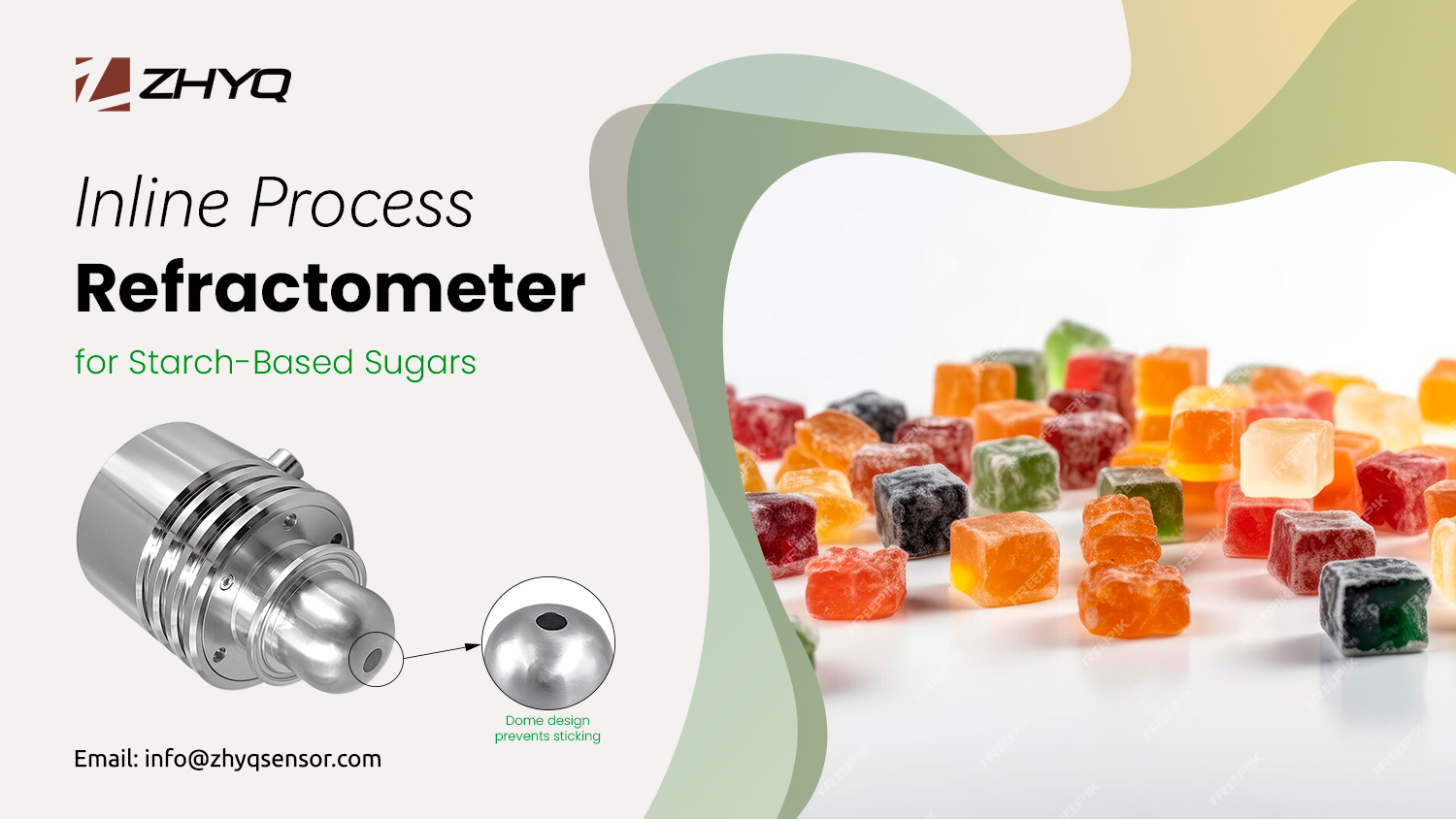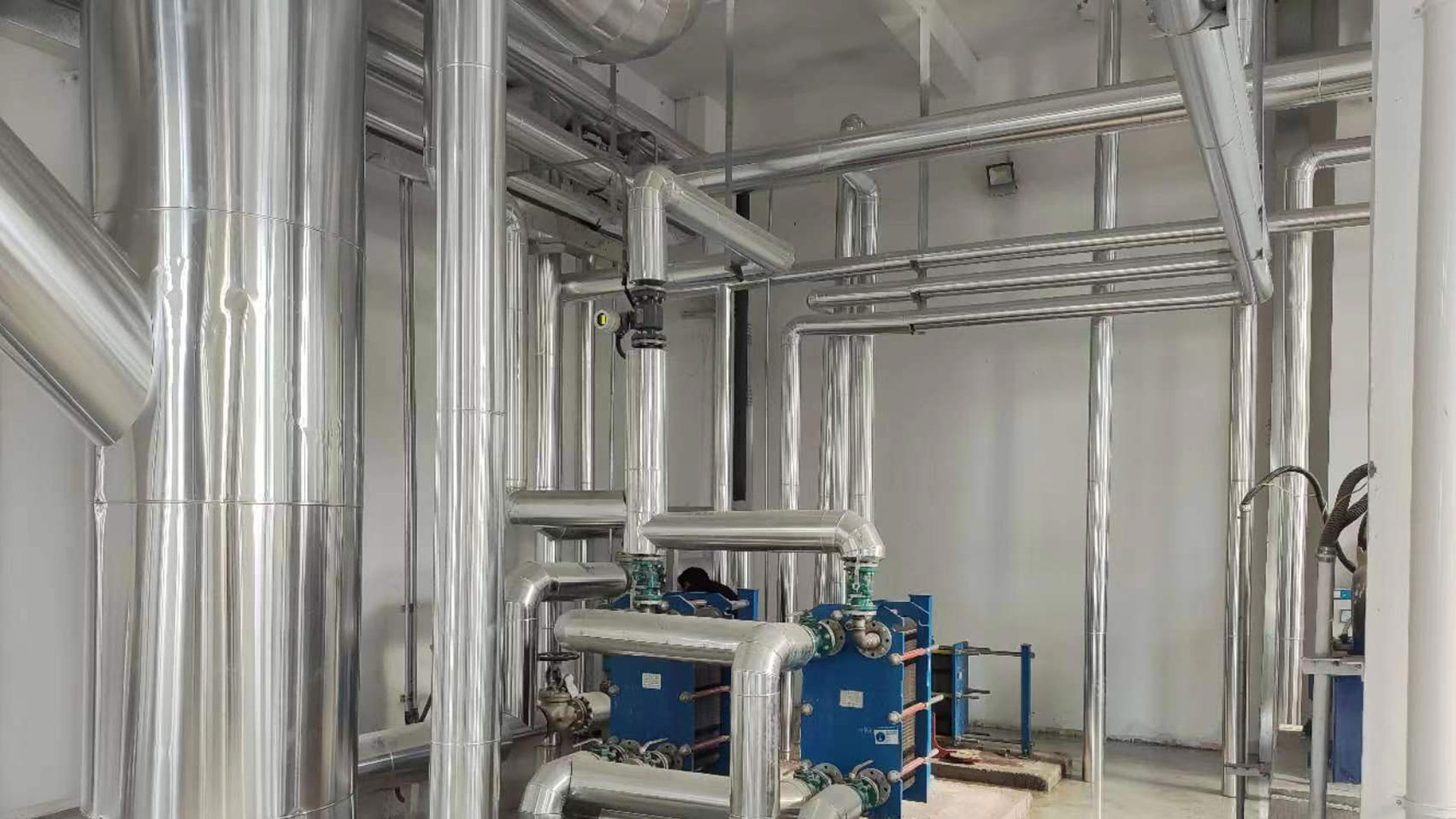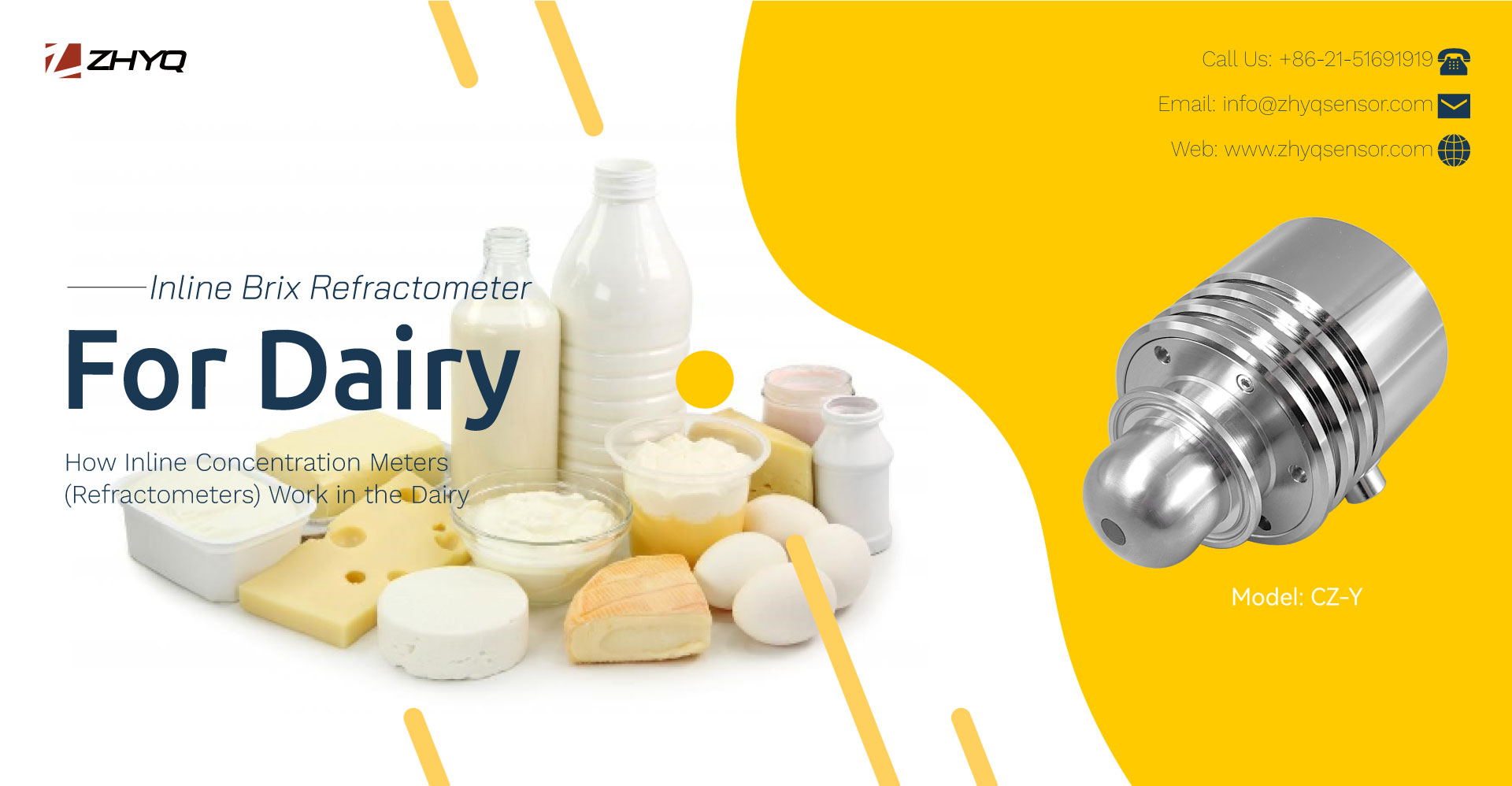
- Pressure Sensor, Pressure Transducer, Pressure Transmitter


- 2024-08-08
- Zhyq
- 141
Inline Refractometer Principle Introduction
1. Basic principle of light refraction
When light enters from one medium into another, the propagation direction of the light will change due to the different refractive indices of the two media. The refractive index is a physical quantity related to the properties of the medium, which describes the change in the propagation speed of light in the medium. For example, light propagates fastest in a vacuum. When light enters other media, the propagation speed slows down and the refractive index is greater than 1.
2.Working process of inline refractometer
1. Light source emits light
.Inline refractometer usually uses a light source of specific wavelength to emit a beam of light.
2. Light contacts the liquid through a prism
.After passing through a prism, this beam of light is incident on the liquid to be tested at a certain angle.
.The function of the prism is to make the light enter the liquid at a specific angle and ensure that the propagation path of the light in the liquid is stable.
3. Light refracts in the liquid
.When the light enters the liquid, it will refract because the refractive index of the liquid is different from that of the surrounding medium (usually air or prism material).
.According to Snell’s law, the ratio of the sine of the incident angle and the sine of the refractive angle is equal to the ratio of the refractive index of the two media. That is, , where and are the refractive indices of the two media, and and are the incident angle and the refractive angle, respectively.
4. Measure the refraction angle
.The inline refractometer determines the refractive index of the liquid by measuring the size of the refraction angle.
.This is usually achieved by a photodetector or CCD camera, which can detect the refracted light and determine its angle.
5. Calculate liquid concentration
.Since there is a certain relationship between the refractive index of a liquid and its concentration, the concentration of the liquid can be calculated based on the measured refractive index through a pre-established concentration-refractive index calibration curve.
.Different liquids have different concentration-refractive index relationships, so before using the inline refractometer, it is necessary to calibrate it for the specific liquid.
3.Factors affecting measurement results
1.Temperature
.Temperature has a significant effect on the refractive index of liquids. Generally speaking, as the temperature increases, the refractive index of the liquid decreases. Therefore, when using an inline refractometer, the temperature needs to be compensated to ensure the accuracy of the measurement results.
2.Light source stability
.The stability of the light source also has a great impact on the measurement results. If the intensity or wavelength of the light source changes, measurement errors may result. Therefore, inline refractometers usually require the use of a stable light source and regular calibration.
3. Cleanliness of liquid
.If the liquid contains impurities or bubbles, it may affect the propagation of light, resulting in measurement errors. Therefore, it is necessary to ensure the cleanliness of the liquid before measurement.
In short, inline refractometer uses the refraction of light to measure the concentration of liquid. It has the advantages of fast, accurate and non-destructive, and is widely used in chemical, pharmaceutical, food and other industries.
Leave Your Inquiry
Your email address will not be published. Required fields are marked *


